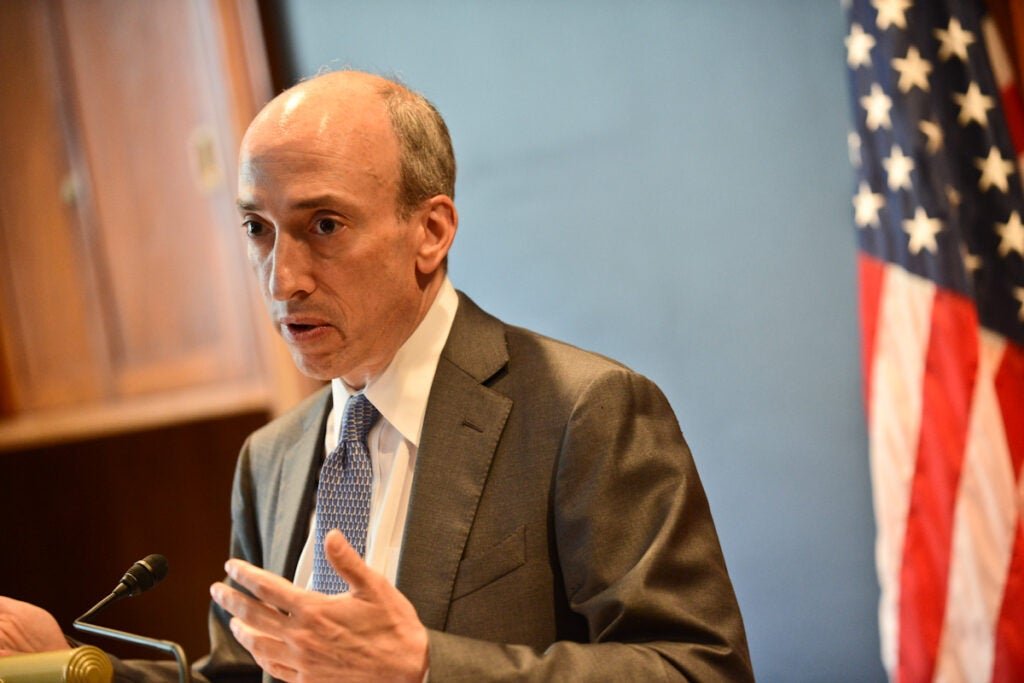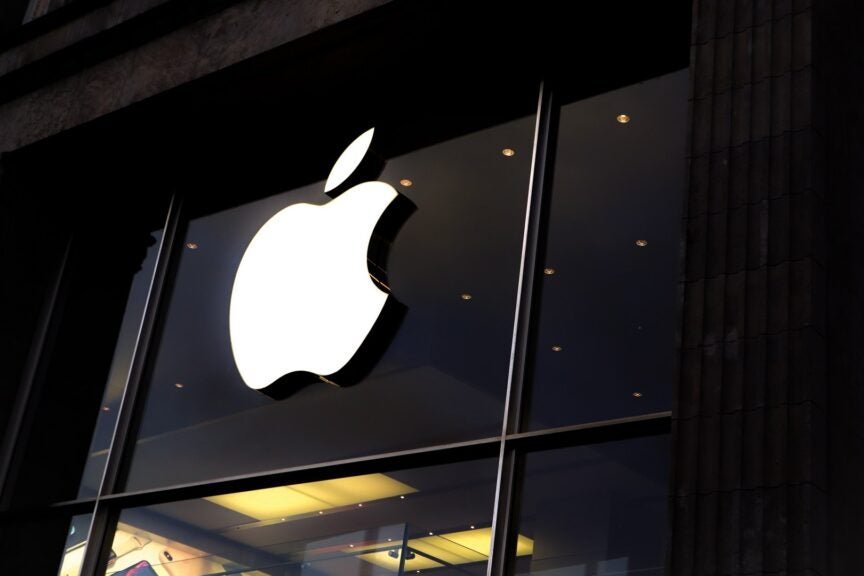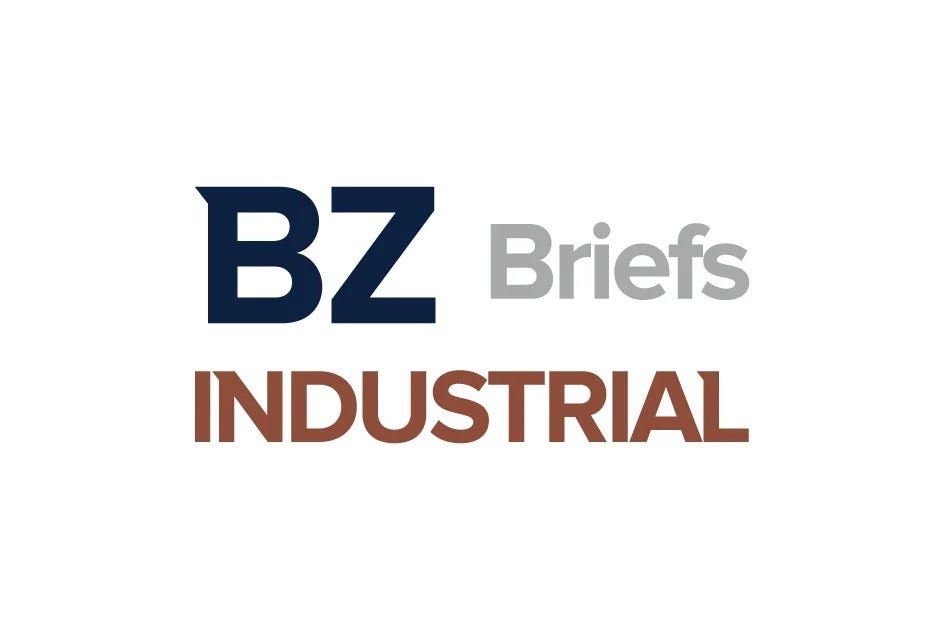Ripple CEO Brad Garlinghouse has criticized Securities and Exchange Commission (SEC) Chair Gary Gensler’s approach to crypto regulation, calling it rigid and counterproductive. Speaking at the World Economic Forum in Davos, Garlinghouse expressed concerns that Gensler’s actions could stifle economic growth and render him a “political liability.”
Garlinghouse specifically took issue with Gensler’s classification of most crypto assets as securities, suggesting that it may be driven more by politics than economics or consumer protection. He also criticized Gensler’s repeated attempts to win court cases despite previous losses, stating that it’s not in the best interest of the citizenry.
Comparing the regulatory frameworks of the European Union and other regions to the United States, Garlinghouse voiced concerns over the US falling behind in crafting comprehensive crypto regulations. He noted that trying to go public in the US with a hostile regulator approved S-1 doesn’t sound like a lot of fun.
Addressing the SEC’s recent approval of a Bitcoin ETF, Garlinghouse expressed confidence that there will be more ETFs in the future. However, he did not commit Ripple to offering such a product.
The Ripple CEO also discussed the possibility of an Initial Public Offering (IPO) for his company. While an IPO remains a possibility, Garlinghouse stated that it is not an immediate term priority and that Ripple will continue to evaluate the situation as new regulators join the SEC.
This news comes as other financial ventures, such as Circle, the creators of the USDC stablecoin, have recently filed for IPOs in the US.
At the time of writing, XRP was trading at $0.57, down 0.75% in the last 24 hours, according to Benzinga Pro.
Overall, Garlinghouse’s criticism of Gensler’s approach to crypto regulation highlights the ongoing debate and challenges surrounding the regulatory landscape for cryptocurrencies. As the industry continues to evolve, it remains to be seen how regulators will strike a balance between innovation and investor protection.





